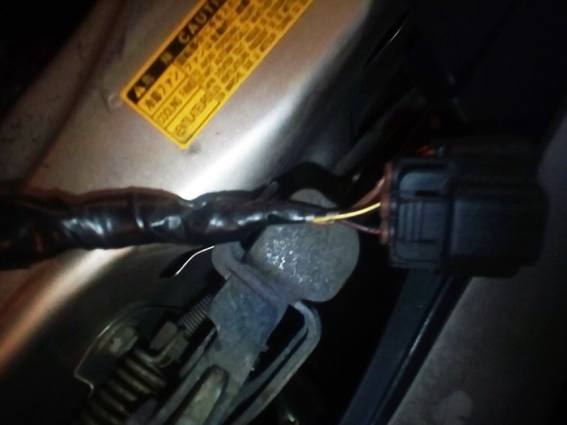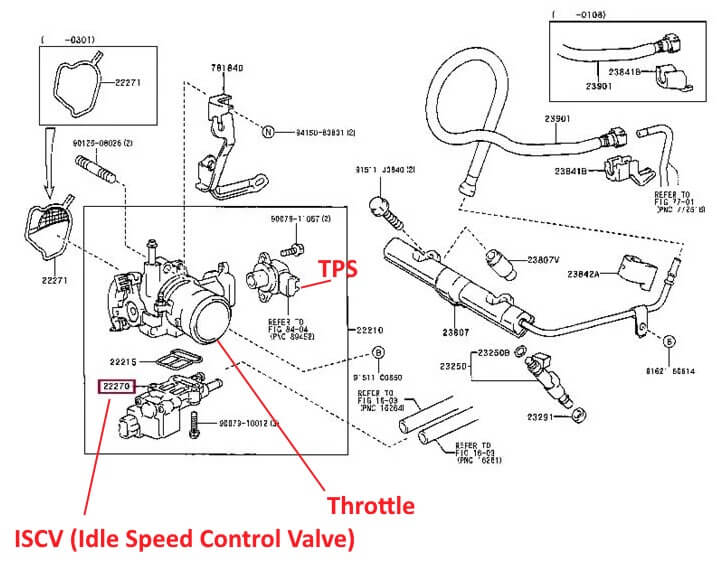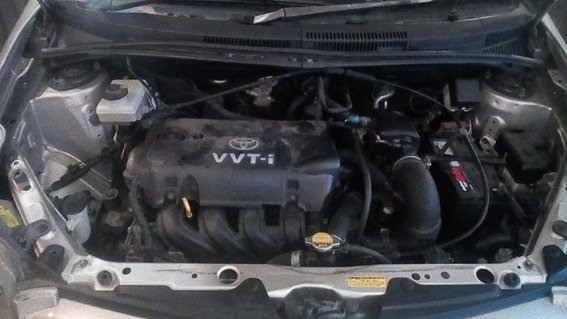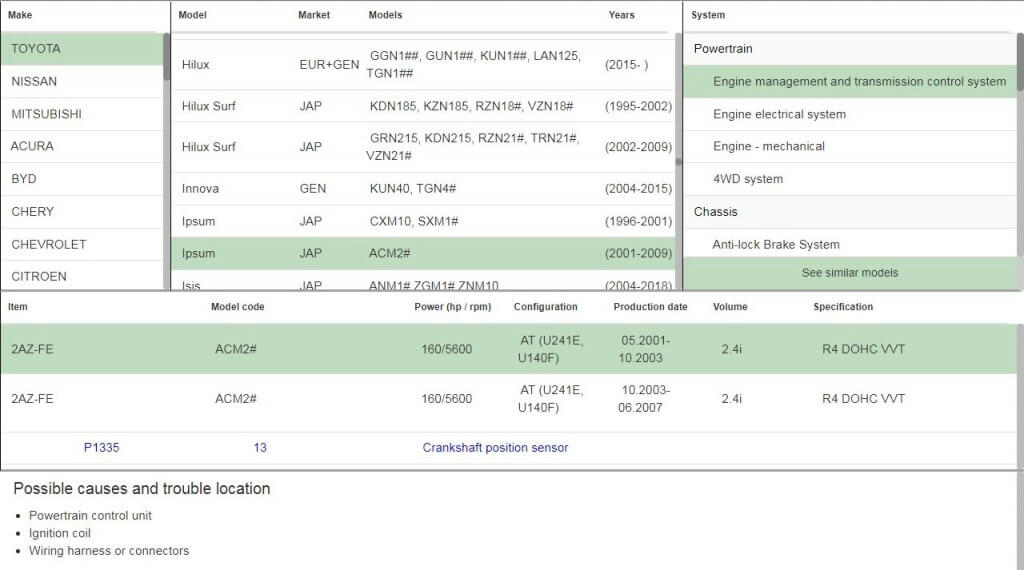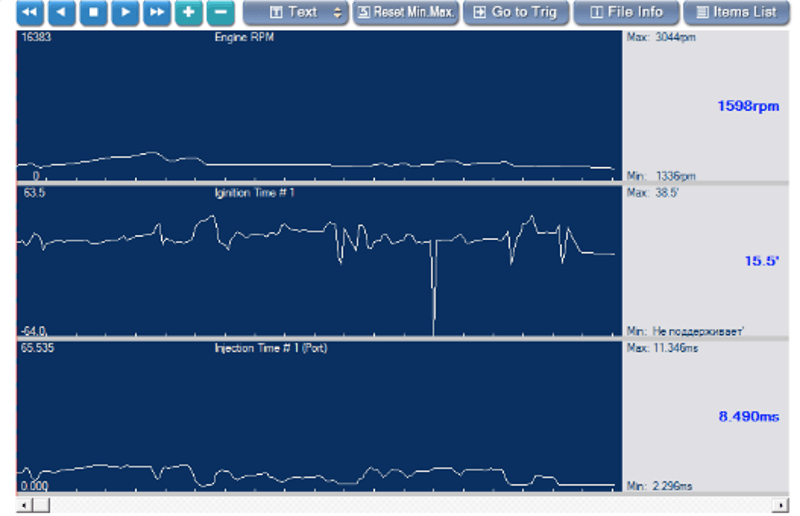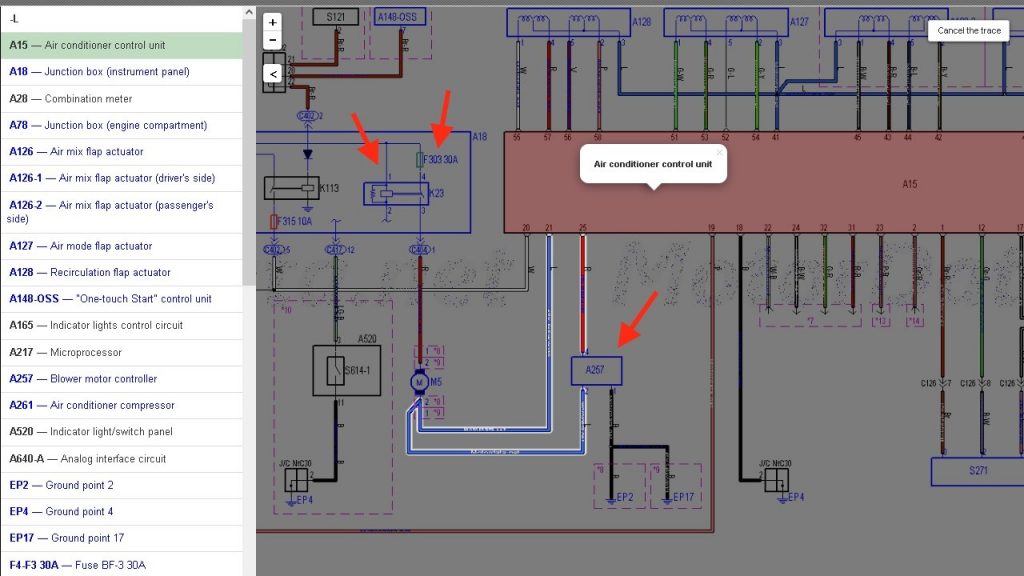RPM shuttering and error P0505 (DTC P0505) in Toyota Vitz 2004, 1NZ-FE
Toyota Vitz 2004. According to the client, engine revs shudders. I’m looking around. The car is parked, the engine is running. The car revs does not vibrate. I see that the rpm is too high. Then I ask clarifying questions when this happens: in motion or at idle? According to the client, when driving, everything is fine, there are no complaints to the car. When stops, for example at traffic lights – yes. The full range in which the revolutions jerks.
The client gets into the car and shows what he is not satisfied with: At idle, the engine keeps the speed at 1150 rpm. Then he makes 2 sharp presses on the accelerator pedal 2 times in a row. Engine speed drops to 1200 rpm. All do not fall below. Now we turn off the engine. You have to wait a one minute. We start – and now the speed is 900 rpm. Thus, the revolutions “jerks smoothly in the range of 900-1200 rpm”.
Now the bottom line: there is no idling, the speed is too high, when re-gassing on a decrease, they hang around 1300 and 1100 can slowly drop – they don’t go lower. In motion, the car behaves adequately (according to the client), but rather the way it is. When starting the engine on a warm car, the speed is 900-1000 rpm. It is easy to assume that when starting a cold engine, when warming up, the speed will not drop below 1100-1200. Fault, most likely through the air. Either the throttle flap is worn, or the idle speed control valve (ISCV), or both.
I connect the scanner. Error DTC P0505. Which was required to be proved. I ask the client, but the fact that the CE (Check Engine) is on does not tell you anything? The client says no! The indicator lights up by itself, goes out by itself. Malfunction, some minor … ..
Next, I give a screenshot from the MotorData program.
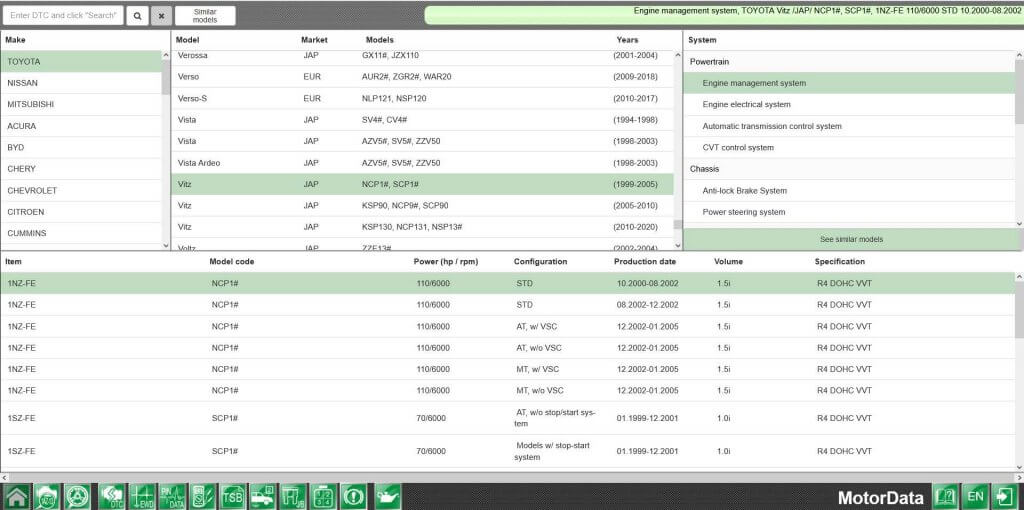

Next, on the scanner, I go to the test menu (functional of active test). I’ll try to control the position of the idle speed control valve. Let’s start opening on the scanner, and I will do it in the smallest steps until it stops. At the end of the adjustment band, the valve itself will return to its original position: the shutter “with acceleration” will close under the influence of a constant magnetic field. Often with this action, the speed dropped. Then the cause of the malfunction is dirt or rust. If the revolutions during reset go below the current ones, but return to their original value, it means that the throttle flap is worn out.
To make sure, we do the same for closing and look at the turns. The reset occurred at 2300 rpm. It will not be enough. What about closing? The first step is 1%, it seems to have gone, and the second by the same amount … Reset to the original! I see that I’m missing something, I don’t take something into account when diagnosing. And it seems that this “something” can influence the management, but does not participate in it. On the 1NZ-FE engine, the manifold covers the air duct pipe, the gap between the radiator and the manifold does not allow you to see anything. The regulator is at the bottom of the throttle, if you remove the pipe from the throttle, then you can see everything. Indeed, according to the client, the throttle was cleaned in the previous car service, at the same time the regulator can be cleaned. But for some reason, many colleagues remove only the electric drive. And seeing the anchor on the axis, realizing that there is nothing to clean there, they return it back. How are they set? How to get up, and fasten! But in fact, the body can be turned to the right – to the left, and thereby change the adjustment band, the permanent magnet grabs the anchor and, together with the body, the axis with the shutter rotates.
I’m starting to remove the intake manifold. But my version with an incorrect installation of the electric drive was not confirmed. I saw this picture…
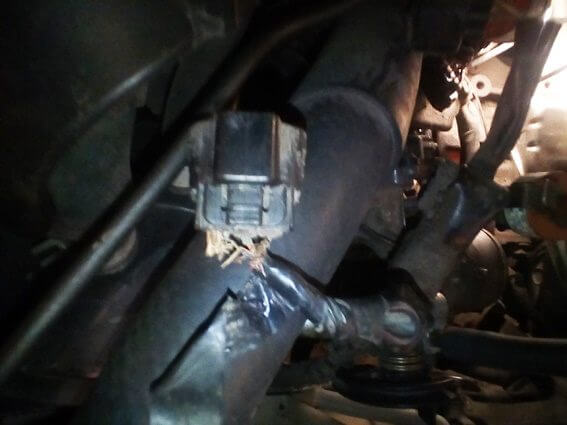
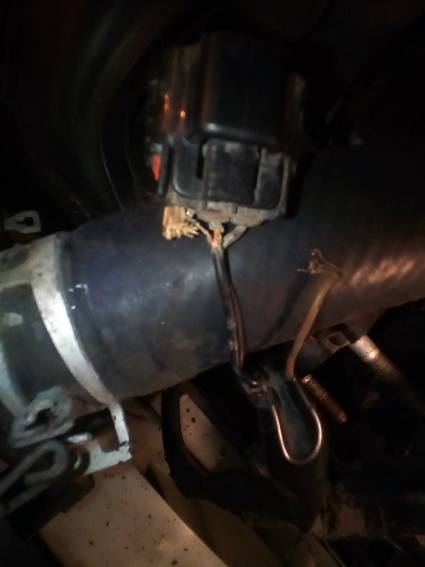
I always say that there are too many things that can affect the control channel, while not directly related to control. Let’s make it right.
